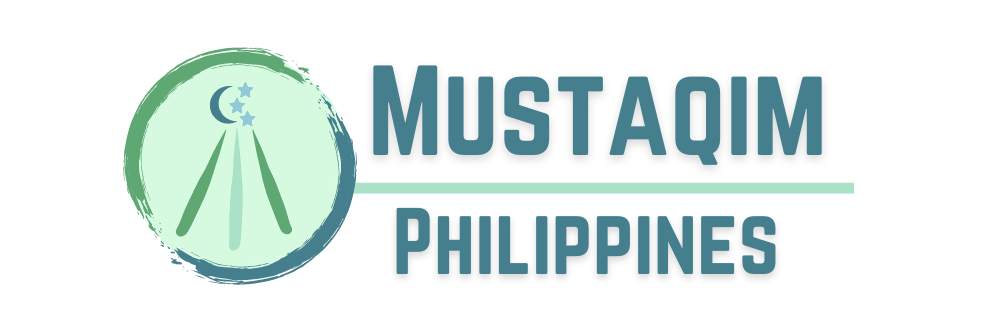The Bangasamoro Government, through the Bangsamoro Commission for the Preservation of Cultural Heritage gave us a meaningful discussion on the Maguindanaoan.
The Maguindanaon, or Maguindanaw for some, live in the areas of North Cotobato, South Cotobato, Sultan Kudurat, Zamboanga del Sur, and Maguindanao; the latter having the largest concentration. Maguindanaon means “people of the floodplain” as they primarily inhabit the broad Pulangi River valley and delta which occasionally flood.
The Maguindanaon are divided into two principal groups, each with its own dialect and traditional location: The Tau-saIlud (people of the lower valley) and the Tau-saLaya (people of the upper valley). The Tau-saIlud are concentrated in the areas around Cotabato City and extend to South Dinaig. Traditionally, they constituted the Sultanate of Maguindanao based near present day Cotabato City. Their dialect is characterized by more rapid, “harder” consonant intonations, with preference for using “d” rather than “r” and variations on the use of “l” and “r”. They are renowned as sedentary wet-rice agriculturalists.
The Tau-saLaya, on the other hand, are concentrated in the areas of Datu Piang and extend south to areas which include Buluan. As a group, they constituted the Rajahship of Buayan based near the present-day town of Datu Piang. Their dialect is distinguished by a slower cadence, a drawl, with frequent omission of the consonants between vowels and a preference for using “l” rather than “r”, periodic variations of “r” for “d” and some differentiated vocabulary. Their primary means of livelihood is semi-sedentary agriculture and growing corn and upland rice.
Source: https://bch.bangsamoro.gov.ph/bangsamoro-cultural-heritage/bangsamoro-tribes-muslim/maguindanaon/
